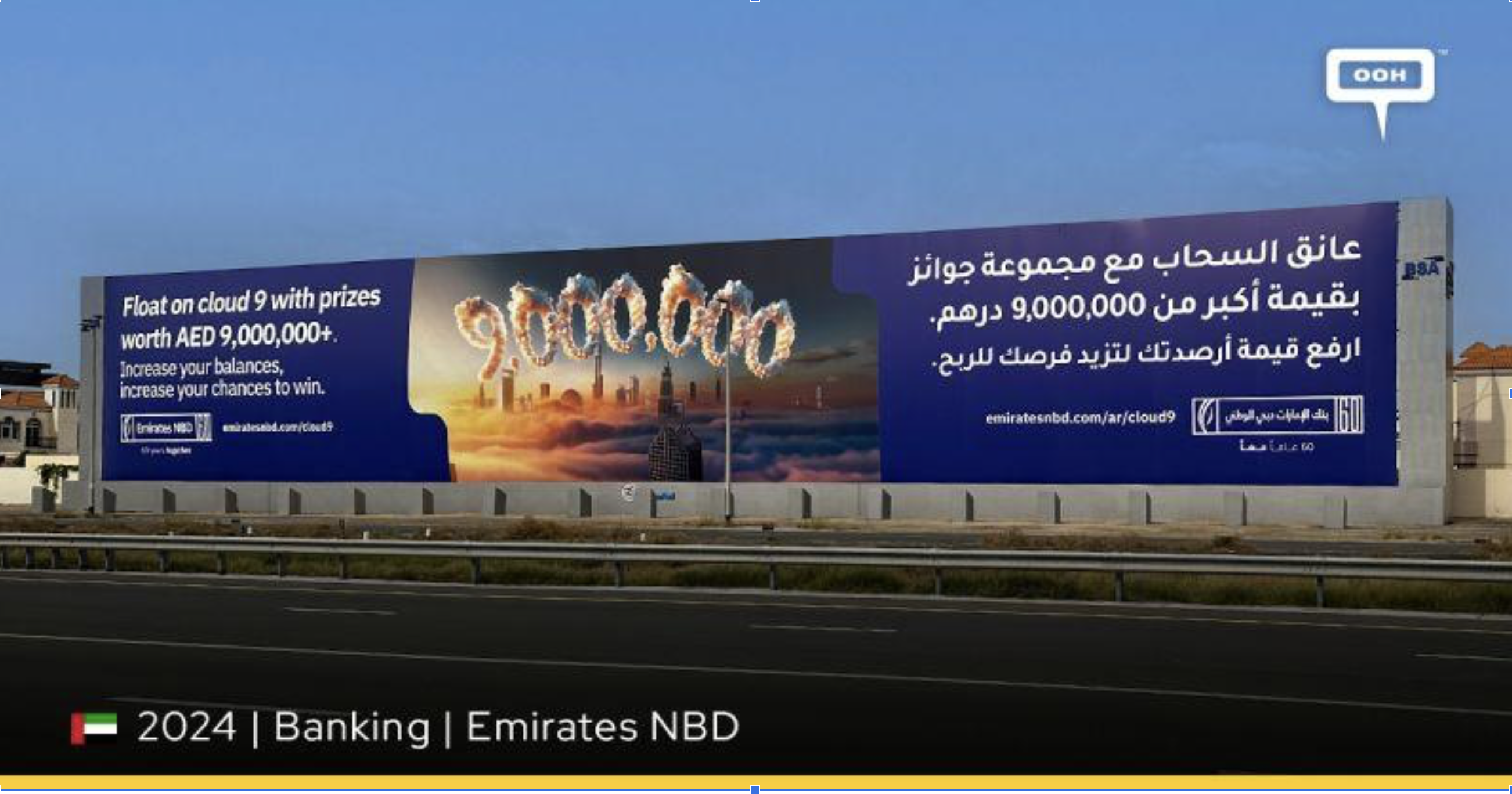When the short-term wins, the brand loses
When promotions dominate the agenda, the impacts run deeper than performance marketing. The long-term effects touch every corner of the brand:
1. Commoditisation of the offer
When everyone is offering similar deals, real differentiation disappears. Service, values, and relevance are sidelined, and price becomes the only thing left to compete on.
2. Erosion of perceived value
A brand that consistently leads with incentives finds it harder to justify premium positioning elsewhere. It looks cheap.
3. Customer journey disconnect
If acquisition messaging promises value but the onboarding or servicing doesn’t deliver, the experience failure will cause many customers to lose confidence and disengage.
4. Displacement of long-term investment
Budgets geared towards short-term conversion often squeeze out more strategic efforts – including innovation, brand-building, and customer experience.
5. A churn-heavy customer base
Promotional campaigns tend to attract price-sensitive switchers. These customers are hard to retain, deliver lower lifetime value, and rarely become loyal advocates.
Promotions without strategy lead to fragmentation
Promotions aren’t inherently bad. But when they’re used in place of strategy – rather than in service of it – they become scattergun. The result is fragmentation of the brand: campaigns lose coherence; messages become tactical, not strategic; and internally, teams lack a shared narrative or vision of what the brand is building.
Over time, this fragmentation increases the cost of acquisition, damages brand salience, and makes every campaign work harder for smaller returns.
Brand strength is a business advantage – not a soft metric
Brand isn’t an abstract ideal. It’s a multiplier of value.
As Kantar’s BrandZ report consistently shows, the brands that outperform over time are those that are:
• Meaningful – meeting real customer needs in ways that matter
• Different – distinctive, not just in what they offer but in how they show up
• Salient – easy to recall, and front of mind at key decision points
Brands that score highly on these three dimensions are more likely to:
• Reduce cost per acquisition over time through greater mental availability.
• Withstand pricing pressure through stronger perceived value.
• Grow share of wallet by driving trust, loyalty, and deeper engagement.
Or, in short, they create a long term brand advantage, rather than the spiky, short-lived hit of a sales promotion. For instance, brands that score highly on these three dimensions have delivered up to 83% stronger share price growth than the S&P 500 over the past 18 years.
This has played out clearly in banking. Challenger brands like Monzo, Starling, and Revolut have built loyalty and scale by investing in brand — in experience, simplicity, and clarity of message — from day one, not by competing on rates. And the result? Leading customer satisfaction scores and consistent user growth – driven by trust, not temporary incentives.
So how can banks use brand more strategically?
If these challenger brands prove anything, it’s that brand isn’t just a story you tell – it’s a filter for decision-making. A brand proposition shouldn’t just describe the business. It should guide it.
Used well, the brand becomes a strategic tool to evaluate how, when, and where to show up in market. Before launching a campaign or promotion, ask:
• Does this strengthen the brand we’re building, or distract from it?
• Is it aligned with the experience we want to offer?
• Will it attract the right kind of customer, or just more of the wrong kind?
When the brand is used as a filter, campaigns become more deliberate. Touchpoints feel connected. And commercial activity reinforces, rather than undermines, long-term brand value.
